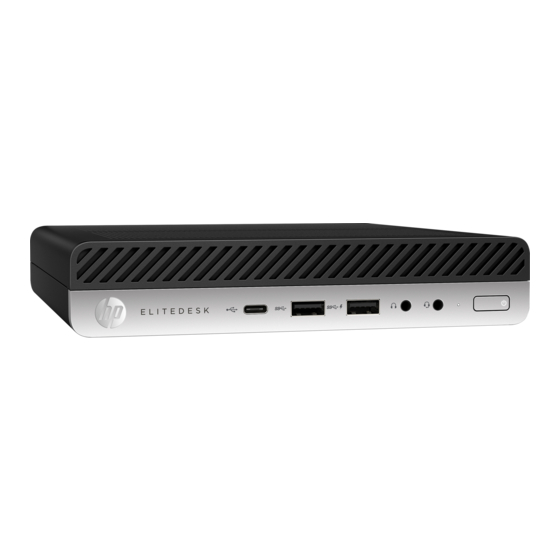
HP EliteDesk 800 G3 Maintenance And Service Manual
Desktop mini
Hide thumbs
Also See for EliteDesk 800 G3:
- Maintenance and service manual (165 pages) ,
- Hardware reference manual (65 pages) ,
- Disassembly instructions manual (11 pages)

















Need help?
Do you have a question about the EliteDesk 800 G3 and is the answer not in the manual?
Questions and answers